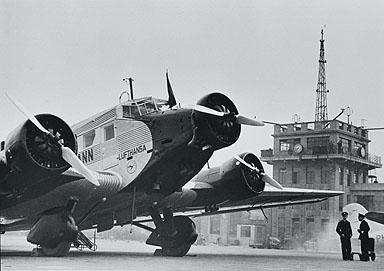Name that crisis!
Here’s a question of terminology which has been bugging me for some time. The Munich crisis in September and October 1938 is a well-known historical event. But the name ‘Munich crisis’ is misleading, because the crisis was building long before the word Munich was ever associated with it. Munich had nothing to do with the […]


